 Snacks are important and your child should be having a morning and afternoon snack daily. Children have smaller stomachs and high energy needs, so they probably can’t go between meals without a snack. Kids need that extra fuel to go, go, go! In addition, snacks help children from overeating at meals. If you’re dealing with a picky eater, overeating is the last thing on your mind!
Snacks are important and your child should be having a morning and afternoon snack daily. Children have smaller stomachs and high energy needs, so they probably can’t go between meals without a snack. Kids need that extra fuel to go, go, go! In addition, snacks help children from overeating at meals. If you’re dealing with a picky eater, overeating is the last thing on your mind!
Watch our Videos Series on Healthy Snacks for Kids:
Snacking is a Huge Reason Obesity in Children is Increasing at an Alarming Rate
A new study has found “that high-calorie snacking is proving to be a major cause of childhood obesity. Chips, candy and other snack foods account for up to 27% of the daily caloric intake for children, age 2 to 18,” according to findings by researchers at the University of North Carolina at Chapel Hill.
Let’s spend a second to take that in! Snack time should not be associated with treat time. There is a time and place for treats, but it shouldn’t be daily.
“Childhood obesity affects an enormous and growing number of families around the world, but the vast majority of these cases are preventable, and can still be reversed,” says Sonia Caprio, MD from Yale Medical Group about the study. She goes on to say, “Understanding how children become obese or overweight in the first place is an important step toward breaking the cycle.”
Need Snack Ideas? We’ve Got Tons!
Need more snack ideas? Especially what to put into your snack cup? Check out these recipes to make snack time easier for you:
Check Out These Other Great Resources:
Get Healthy Snack Ideas on the Go
Take the Pressure Off Dinner
Try to use snack time as another way to get nutrients in your child and alleviate the pressure off of eating his peas and broccoli at dinner. If you can get him to eat some healthy snacks throughout the day, then you’re that much closer to him having a well-balanced diet.
The Goal of Snacking
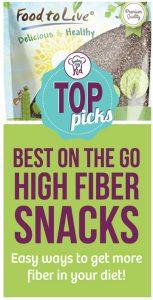 The goal for snack time is to provide nutrient-dense snacks that your child will enjoy. Check out our mega list of high fiber snacks on the go.
The goal for snack time is to provide nutrient-dense snacks that your child will enjoy. Check out our mega list of high fiber snacks on the go.
Aim to offer cheeses, fruits or vegetables as your snack of choice. Why not flip snack time on its side and offer chicken bites or eggs as a snack! Don’t feel that you have to fall into the snack trap and offer only processed snack foods as your only options.
Don’t feel that you have to fall into the snack trap and offer processed snack foods as your only options. If you can try to eliminate processed snacks from your child’s diet, you will be doing a world of good for your child’s future health.
If your child is resistant to healthier snacks, you can try preparing them in a more visually  appealing way. You can use vegetable and cookie cutters to cut your healthy snacks into fun shapes. Also, aim to offer your snacks in different shapes and sizes each time as you don’t want your child to start to expect that the carrot is always in the shape of a flower. Sometimes, it looks like a carrot, other times it looks like a flower or penguin.
appealing way. You can use vegetable and cookie cutters to cut your healthy snacks into fun shapes. Also, aim to offer your snacks in different shapes and sizes each time as you don’t want your child to start to expect that the carrot is always in the shape of a flower. Sometimes, it looks like a carrot, other times it looks like a flower or penguin.
 Don’t let yourself get into a snacking rut and don’t let your child get into one too. You don’t want your child to grow to expect processed fruit snacks each day. Do you know fruit snacks are made up of almost entirely of sugar? The other ingredients include food coloring. The organic snacks use organic food coloring instead of the harmful chemical food coloring, but they are still made up of sugar.
Don’t let yourself get into a snacking rut and don’t let your child get into one too. You don’t want your child to grow to expect processed fruit snacks each day. Do you know fruit snacks are made up of almost entirely of sugar? The other ingredients include food coloring. The organic snacks use organic food coloring instead of the harmful chemical food coloring, but they are still made up of sugar.
In just 11 pieces of fruit snack, there are 4 teaspoons of sugar. Yes, that’s right, 4 teaspoons of sugar!! That is actually the recommended amount of sugar for the entire day for a child.
Watch this video and find out how much sugar is lurking in your child’s food.
Keep things interesting for your child and not to fall into a rut. Kids pick up habits really quickly so if you’re offering a sugar laden yogurt every day for a week as a snack, by week two they are going to be resistant if you try to offer anything other than a yogurt as a snack.
Our cultural snack obsession is ‘teaching kids the habit of constantly eating even when they’re not hungry,’ says Maryland pediatrician Daniel H. Feldman. ‘And eating when we’re not hungry is a huge problem in this country.'”
What to Avoid When Snacking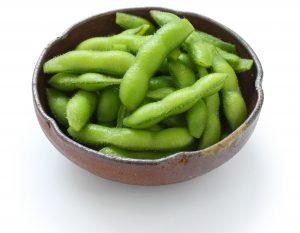
- Keep healthy snack options within reach. Make sure you have fresh fruit and veggies available. Prioritize these items on your grocery list weekly.
- Keep snacks small. Don’t let them be meal replacements. Your child may ask for more, but let him know that’s all there is for a snack and mealtime will be in an hour and a half.
- Create a mealtime and snack time structure and adhere to it. If your child doesn’t eat his meal, he can’t have a snack until snack time and if he skips his snack, then he has to wait until the next mealtime. This way your child won’t eat out of boredom and you won’t feel tempted to give him a snack to keep him occupied.
- Don’t use food as a reward. Find out why you shouldn’t use food as a reward.
- Let your child get hungry. If your child missed his meal or chose not to eat it, don’t over do it during snack time to make up for it. If you do, you are incentivizing him not to eat during mealtime which creates future bad habits. Find out why it’s important not to let your child graze.
Snacks to Avoid for Young Children
Try to avoid giving your toddler nuts, peanuts or popcorn as these can be hard to grind small enough to swallow safely. Toddlers and young children also aren’t great at chewing raw vegetables so make sure to cut them up into small bite size pieces for your child.
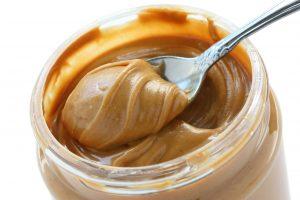 Also, don’t layer on too much peanut butter or other spreadable butters on breads or fruit as it can get stuck to the roof of his mouth and cause choking. Your child won’t be ready to eat a spoonful of these spreads until around age 4. Please stay with them when eating it as you never know what can happen even after the age of 4.
Also, don’t layer on too much peanut butter or other spreadable butters on breads or fruit as it can get stuck to the roof of his mouth and cause choking. Your child won’t be ready to eat a spoonful of these spreads until around age 4. Please stay with them when eating it as you never know what can happen even after the age of 4.
Check out our complete guide to nut butters. You may not have known there are so many varieties out there.
Where NOT to Offer Snacks
 It’s ideal to put the child in a high chair for all mealtimes and snack times. Avoid providing snacks in strollers and car seats. If your child starts choking in a car seat, it can take you some time to stop the car safely and get back to your child to help. Plus, you’ll have to take him out of the car seat to perform the Heimlich.
It’s ideal to put the child in a high chair for all mealtimes and snack times. Avoid providing snacks in strollers and car seats. If your child starts choking in a car seat, it can take you some time to stop the car safely and get back to your child to help. Plus, you’ll have to take him out of the car seat to perform the Heimlich.
I would always see my friends feed their little one snacks in the stroller so one day I gave mine some snacks in the stroller and within minutes my little one was choking and I had to rush over to take him out and perform the Heimlich on him. One of the big reasons this is so dangerous is that choking is silent. If he is in front of you in a stroller you might not even know he is choking.
Top 10 Snacks for Younger Kids: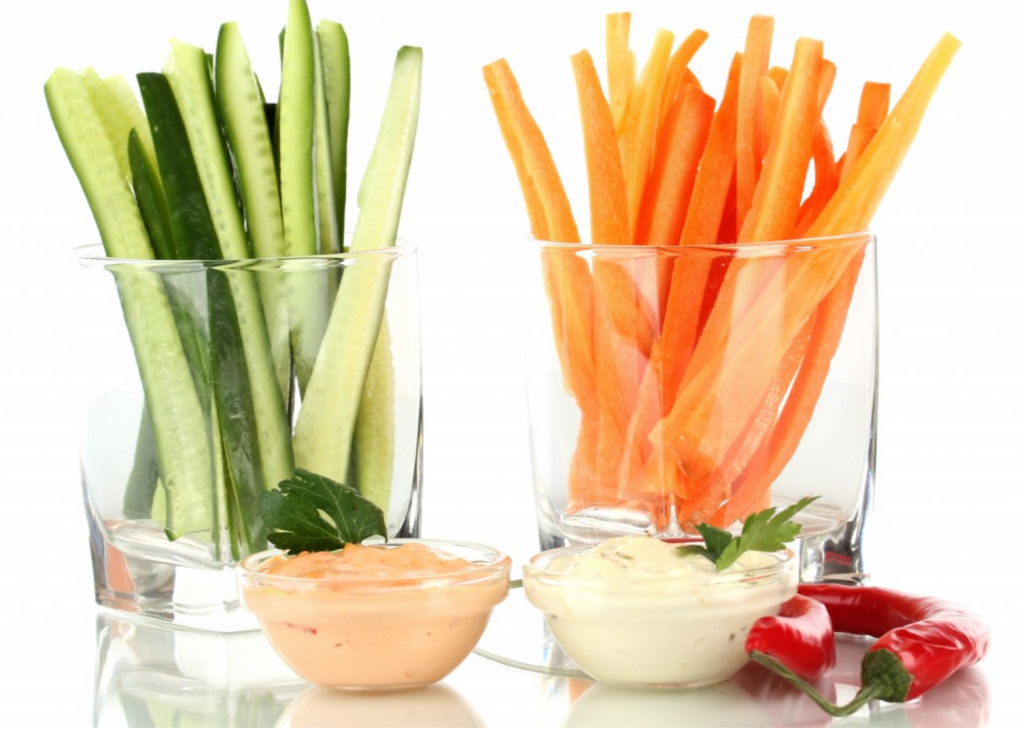
- Pair fresh fruits with cheese or nut/seed spreads
- Dehydrated veggies and fruits
- Whole grain toast with almond butter, peanut butter or cream cheese
- Dried fruit cut up in small pieces
- Baked carrots with cinnamon
- Cubes of cheese
- Canned fruit in its own natural fruit juice (if it’s out of season or not ripe)
- Yogurt with sliced fruit (freeze the yogurt and give it as a frozen yogurt to mix things up)
- Bananas
- Whole grain crackers or cereal
Here Are 10 Great Snacks for Older Kids
- Toast with cream cheese and a veggie topper like cherry tomatoes and cucumbers
- Avocado toast or guacamole dip
- Dip veggies into hummus, onion dip, yogurt or ranch
- Whole wheat crackers and cheese or spreads

- Dried fruit / fresh fruit
- Mini-sandwiches or pitas filled with veggies
- Banana / strawberry rollup
- Snow peas or edamame
- Popcorn, not from the microwave
- Frozen or dehydrated peas
Snacking FAQs
When should I offer a snack?
Aim to serve the snack about 1.5 hours after a meal. According to the American Academy of Pediatrics, “eating at regular intervals helps to foster self-regulation and reduces overeating.”
What if my child is resistant to fruits and vegetables?
Children will reject vegetables when they are not used to eating them. Snack time is another great opportunity to introduce vegetables to your child. The more exposure your kid has to vegetables, the more likely he is to try them and like them. Keep exposing your kid to whole foods and use snack time as another exposure point, even at this early age!
The only snacks my child will eat are processed snacks, what should I do?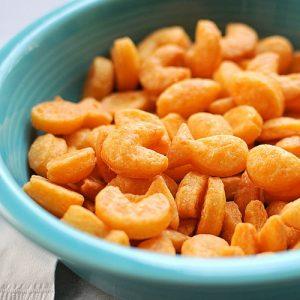
If your kid is used to high-processed snacks, it will take a little time to break him of these habits. Start small. Keep healthy snack options like apple slices or raisins in your bag. This way you are more likely to be able to offer him healthy options on the go. Offering a cheese stick is another easy snack time option.
According to the American Academy of Pediatrics, “at 9 months, there is a considerable drop in fruit and veggie consumption, and an increase in non-nutritive finger and snack foods.”
Try to reduce the amount of carb snacks offered since they can keep a child feeling fuller longer. This reduces his chance of being hungrier for the next meal. Check out why it’s important for your kid to get hungry before a meal.
If you need to offer crackers, chips or pretzels, aim to go for the whole grain options or baked. Whole grains have more fiber and provide more nutritional value than the regular options. You might not even realize you are helping your child form habits with these snacks. You might be offering pretzels, chips, crackers, veggie sticks, etc. which all have relatively the same crunchy textures. Kids form habits incredibly quickly so don’t offer too many crunchy snacks in a row.
Snack time can be a great opportunity to get added nutrition in your child. Please ask questions on our Facebook group. This isn’t easy, but together we can do it!

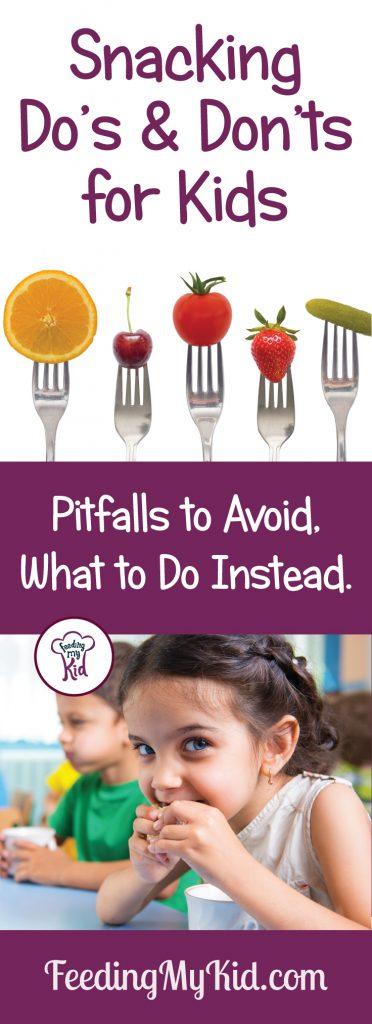 The information on this website is designed for educational and/or entertainment purposes only. The information provided is not intended to be a substitute for informed medical advice or care. Please consult a doctor with any questions or concerns regarding your child’s condition. You should not use this information to diagnose or treat any health problems or illnesses.
The information on this website is designed for educational and/or entertainment purposes only. The information provided is not intended to be a substitute for informed medical advice or care. Please consult a doctor with any questions or concerns regarding your child’s condition. You should not use this information to diagnose or treat any health problems or illnesses.